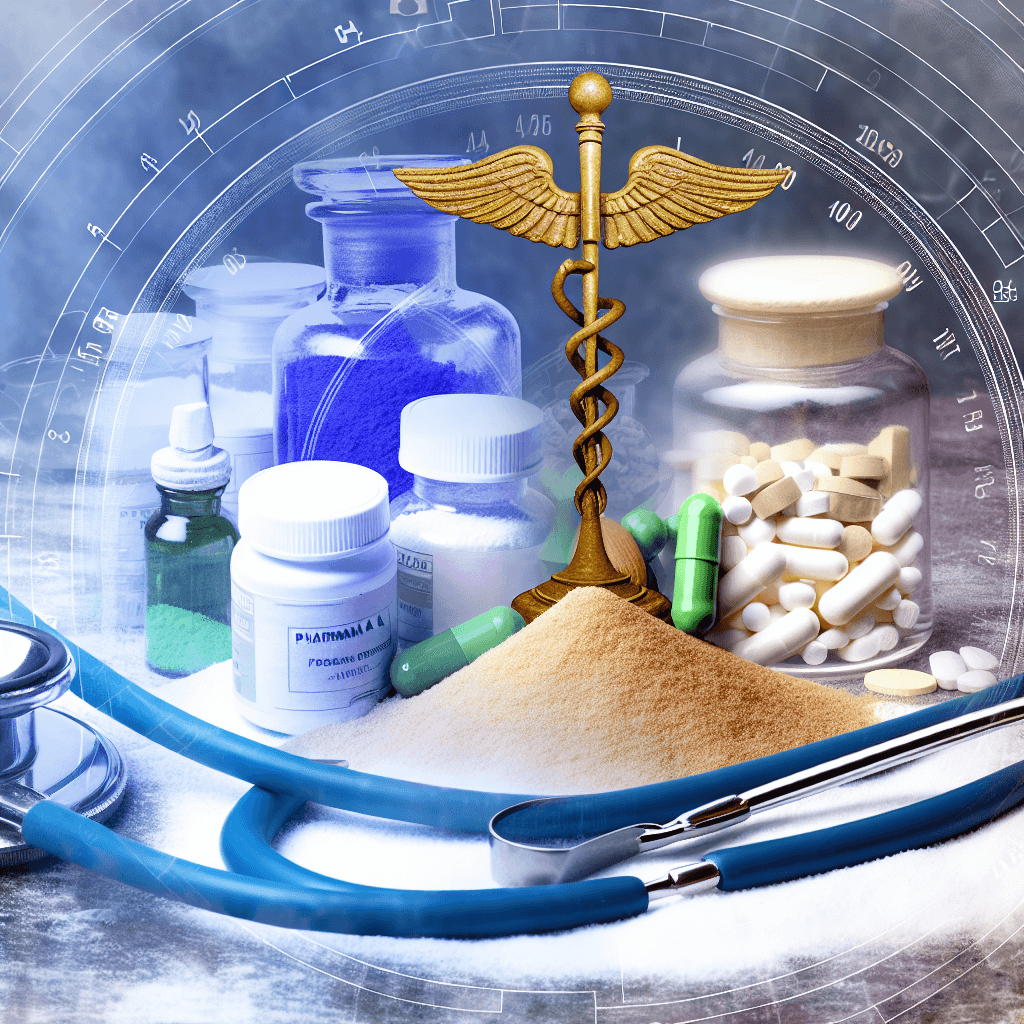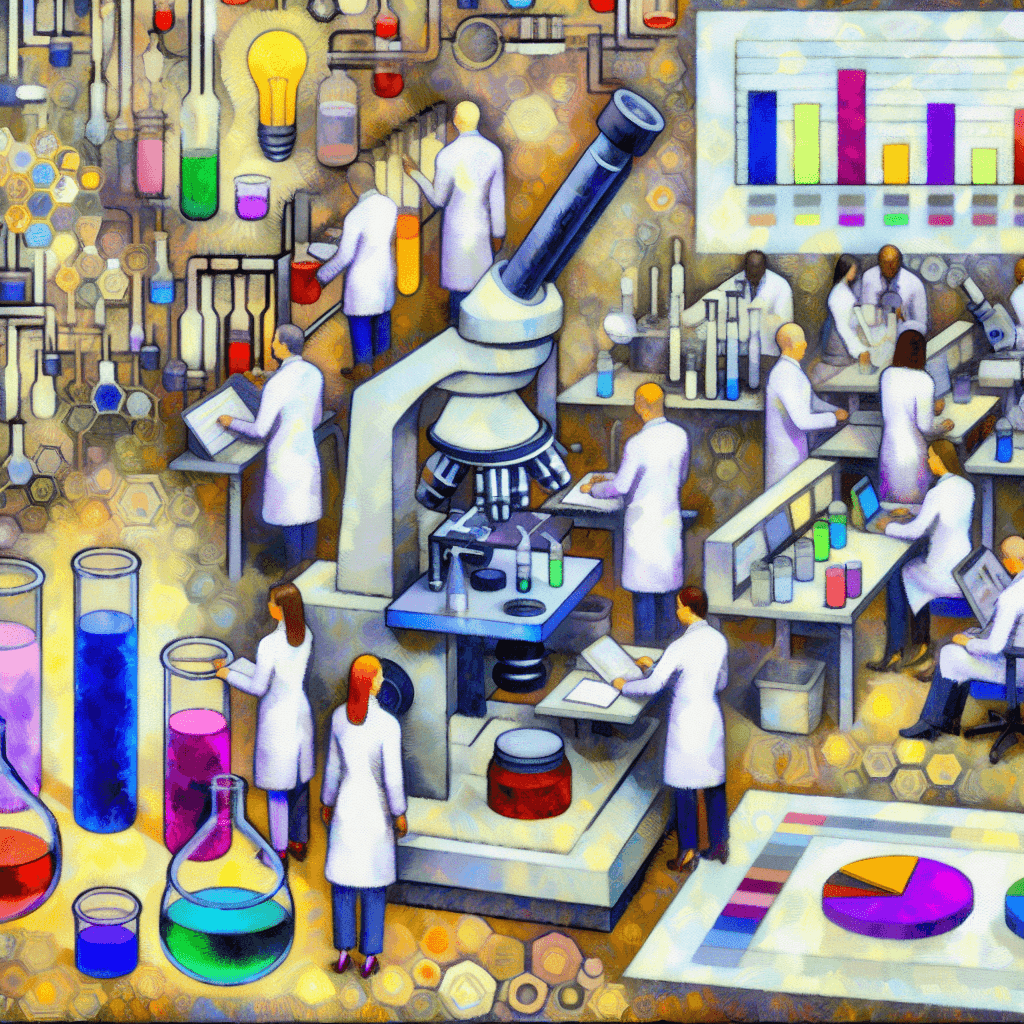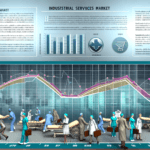Explore comprehensive market insights in our Pharma & Healthcare Industry Research Report, guiding strategic business decisions and forecasts.
Pharma & Healthcare Market and Industry Research Report

Table of Contents
- Pharma & Healthcare Market and Industry Research Report
- Current State of the Pharma and Healthcare Industries
- Technological Advancements Shaping the Industry
- Regulatory Trends and Challenges
- Case Studies Highlighting Industry Success
- Case Study 1: COVID-19 Vaccine Development
- Case Study 2: Telemedicine Implementation in Rural Areas
- Future Outlook and Predictions
- Conclusion
Pharma & Healthcare Market and Industry Research Report

The pharmaceutical and healthcare industries are among the most dynamic and critical sectors globally. This report delves into the current trends, challenges, and future prospects of these industries, providing a comprehensive overview for stakeholders and investors. By examining key market drivers, technological advancements, regulatory landscapes, and case studies, this report aims to equip readers with a thorough understanding of the pharma and healthcare markets.
Current State of the Pharma and Healthcare Industries
The pharmaceutical and healthcare sectors are experiencing rapid transformations due to technological advancements, evolving patient needs, and changing regulatory environments. The global healthcare market, which includes pharmaceuticals, biotechnology, and medical devices, has been growing steadily, driven by an aging population and increased prevalence of chronic diseases.
- The global pharmaceutical market is projected to reach over $1.5 trillion by 2023.
- Healthcare expenditures worldwide are expected to continue rising, with a significant portion allocated to treating chronic diseases and developing healthcare infrastructure.
These trends underscore the importance of continuous research and development (R&D) in the industry to meet the growing demands of healthcare provision and pharmaceutical products.
Technological Advancements Shaping the Industry
Technological innovations are significantly impacting the pharma and healthcare sectors, from drug discovery and clinical trials to patient care and data management. Below are key technologies that are shaping the future of these industries:
- Artificial Intelligence (AI) and Machine Learning: AI is revolutionizing drug discovery by predicting how different chemicals will react without the need for physical experiments. Machine learning algorithms are also being used to personalize patient treatment plans.
- Telemedicine: This technology has become particularly vital in the wake of the COVID-19 pandemic, providing essential healthcare services remotely.
- Blockchain: In healthcare, blockchain technology is being explored for secure sharing of medical records, managing the supply chain, and combating counterfeit drugs.
These technological advancements not only enhance efficiency but also help in reducing costs and improving patient outcomes.
Regulatory Trends and Challenges
The pharmaceutical and healthcare industries are among the most heavily regulated sectors worldwide. Regulatory frameworks are crucial for ensuring the safety and efficacy of pharmaceutical products and medical services. However, navigating these regulations can be a significant challenge:
- Approval Processes: The process of getting a drug approved is lengthy and complex, often taking several years and significant investment.
- International Standards: Companies operating globally must comply with multiple regulatory bodies, such as the FDA in the United States, EMA in Europe, and others.
- Data Privacy: With the increase in digital health solutions, data privacy and security are becoming critical concerns for regulatory bodies.
Staying abreast of these regulatory changes is essential for companies to avoid penalties and ensure smooth operations.
Case Studies Highlighting Industry Success
To illustrate the dynamics of the pharma and healthcare industries, let’s look at a few case studies:
Case Study 1: COVID-19 Vaccine Development
The unprecedented global effort to develop vaccines for COVID-19 showcased the potential for rapid scientific advancement when there is a clear urgency and collaboration among pharmaceutical companies, governments, and international bodies. Companies like Pfizer/BioNTech and Moderna were able to develop and distribute vaccines in less than a year thanks to innovative mRNA technology.
Case Study 2: Telemedicine Implementation in Rural Areas
Telemedicine has been a game-changer for providing healthcare services in remote areas. An example is the use of telehealth platforms in rural India, allowing patients to consult with specialists located in major cities, thus improving the accessibility and quality of care.
Future Outlook and Predictions
The future of the pharma and healthcare industries looks promising yet challenging. With the ongoing advancements in technology and increasing global healthcare needs, the industry is set to grow. However, companies must navigate complex regulatory environments and ensure ethical considerations in their operations. Predictions for the future include:
- Increased adoption of AI and machine learning for drug discovery and patient care.
- Greater focus on personalized medicine based on genetic profiles.
- Expansion of telemedicine and remote healthcare services post-pandemic.
These developments will likely shape the strategic directions of companies in the pharma and healthcare sectors.
Conclusion
This report has explored the various facets of the pharma and healthcare industries, highlighting the current state, technological advancements, regulatory challenges, and future predictions. As these industries continue to evolve, stakeholders must stay informed and adaptable to navigate the complexities of the market. The case studies discussed demonstrate the potential for innovation and efficiency, promising a future where healthcare is more accessible, personalized, and effective.
Ultimately, the success of the pharma and healthcare industries will depend on their ability to integrate new technologies, comply with regulatory standards, and meet the growing healthcare demands of the global population.








